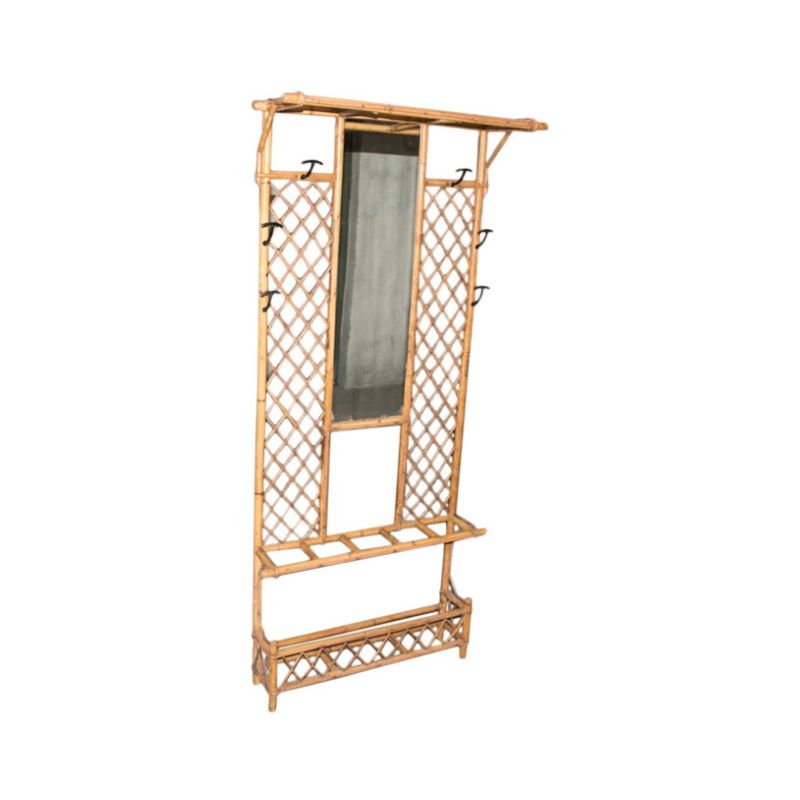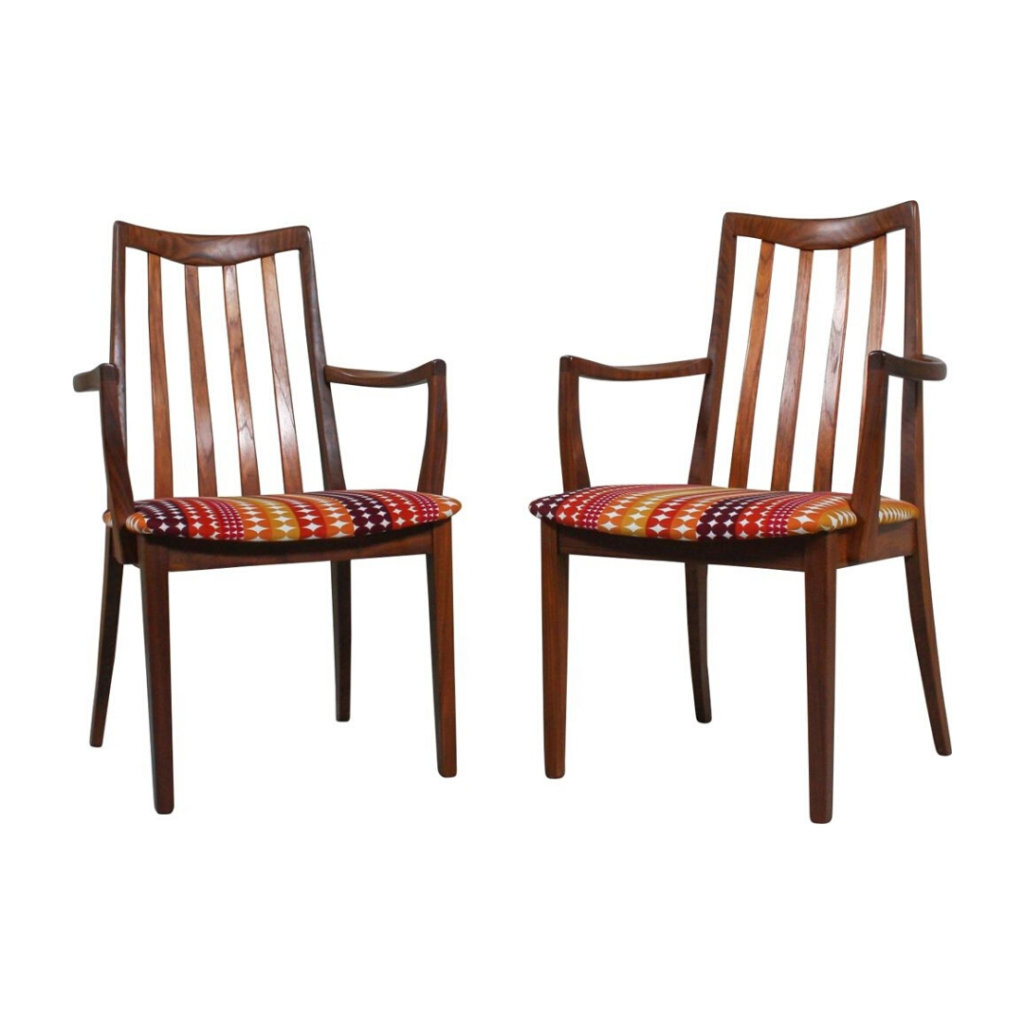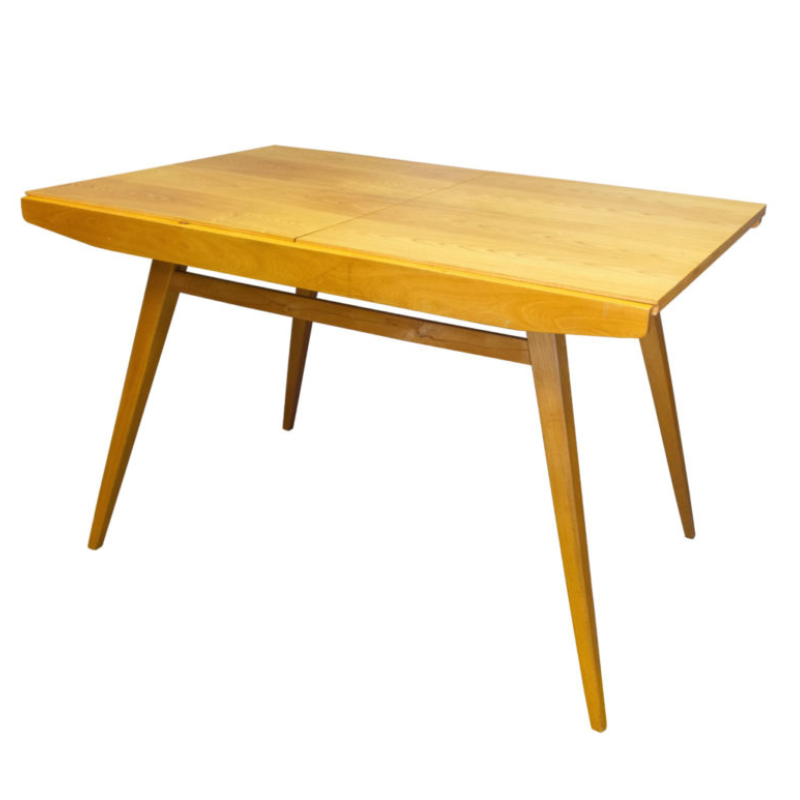In prepping our house for sale we're dismantling the marine aquarium we've had for 12 or so years. I had built a long credenza-like cabinet to house it and our TV. In keeping with the rest of the woodwork trin in the house I used Doug Fir for the top. We just pulled the tank down and now I have a big patch of much lighter colored wood smack dab in the center of this big long countertop. I don't have time for the sun's UV rays to do their magic and darken the wood, so I'm looking for suggestions to 'fool the eye'.
Since the poly finish is essentially in good shape, rather than refinishing the whole top, I want to just fix up the area where the tank was. I was thinking that I might blend a bit of colored polyurethane with the clear stuff until I had a tone that matched the existing sun darkened section and paint over the unexposed areas to make them match. I'd follow the natural color variations in the wood itself not paint the colored stain over the whole area so it would look as natural as I can get it.
What say you all? Will this work out ok?
I don't think it will stick
If the polyurethane layer which was underneath the aquarium is still intact, anything you apply on top of it will not penetrate. It will just peel off when it dries. Can you sand just that one rectangular part and then apply a yellower-colored polyurethane to match the other in that spot?
Well certainly I'd prep the surface properly
All I have to do to get it to stick is properly clean and rough up the existing finish, and since I'm talking poly to poly it should take. But W-C-H, you are probably right that I'm risking total failure. But in that case I can just sand down the entire top and start over. More work, but I'm hoping that a little work up front will avoid me having to do the big job. The UV speed darkening is an intereting idea! I 'll google it to see if it has been tried before.
I shall continue to ponder my options and other advice is truly welcomed!
try first really cleaning...
try first really cleaning the darker area - some of it may just be exposure to the normal atmosphere than actual sun darkening. If you use something alcohol based (white spirit or whatever you call it in the US) with some cotton wool you should be able to tell if its the wood or the poly thats darkened. Just a thought and admittedly sun damage is something thats rarely a problem over here!
Olive--
I just searched a bit myself, out of curiosity.
The link below features a discussion about speed-darkening cherry, via UV light (after the first six comments, the discussion turns to UV light).
http://www.woodweb.com/knowledge_base/Darkening_Cherry_to_Match_Existing...
I'm such a whore for visuals...
But without a photo i can imagine the tank has cast a tight line?
Usually on walls the shadows from artwork, etc. are faded with a soft gradation.
Using UV is fascinating and would work with patience? and fussing.
(good link whc)
Using a natural forced solution is a good one. My guess is a solid one piece board
replacement using uv would work like a charm. Using it 'across' boards would be
difficult to blend and hide.
You can tint your poly. Thin coats and build the color up gradually. Trans Tint or
Samman stain. They both mix with h20 poly fine. Trans tint mixes with oil, alcohol,
or water based.
Finished with a clear coat over the entire surface to blend the satin,
matt or glossy sheen. (i'm up against about ten of these challenges a day)
Over the phone I could walk you through it. I'm a bit overworked to make sense of it
in writing...
I'm going to go with some UV exposure
Lots of good info out there on it on the web. And since we can use the fish tanks former light hood as a good source of UV we're going to give that a triy for a couple of weeks. Then I'll tint some poly if I have to. I'll let you all know if the tank lights work out as lots of folks have wanted to 'hurry the patina' on their new classics.
It's working!
After only 4 days of exposure with the former fish tank lighting I can see a noticable difference in the 'unexposed' area. It is not as dark as the 'exposed' part but it's no longer the glaring difference that it was before. I'm going to let it go for a couple of weeks and see where I end up. I read online at a woodworking/flooring site that the average time it takes to 'even up' unexposed woods is something like 6-9 months. So using the lights is really helping to speed up the process!
It's working, eh?
I'm curious-- did you mask off the already-darkened area, or did you just apply UV light to the entire surface?
If you applied light to the entire surface, but yet you find that the color's equalizing, I guess the "virgin" area darkens faster than the already exposed area (?).
This procedure sounds no different than the pains one takes to equalize weird tan lines...
I did mask off the 'exposed' areas
And since the 'virgin' area was really the same size as the light hood of the tank, it was easy to set it up to beam directly down onto the needed section. It's really surprising to me how quickly things began to equalize. I suspect that there will be a law of diminishing return and I'll have to even it up a bit when I go to refinish the top. I'll tint some poly to accomplish that.
If you need any help, please contact us at – info@designaddict.com









